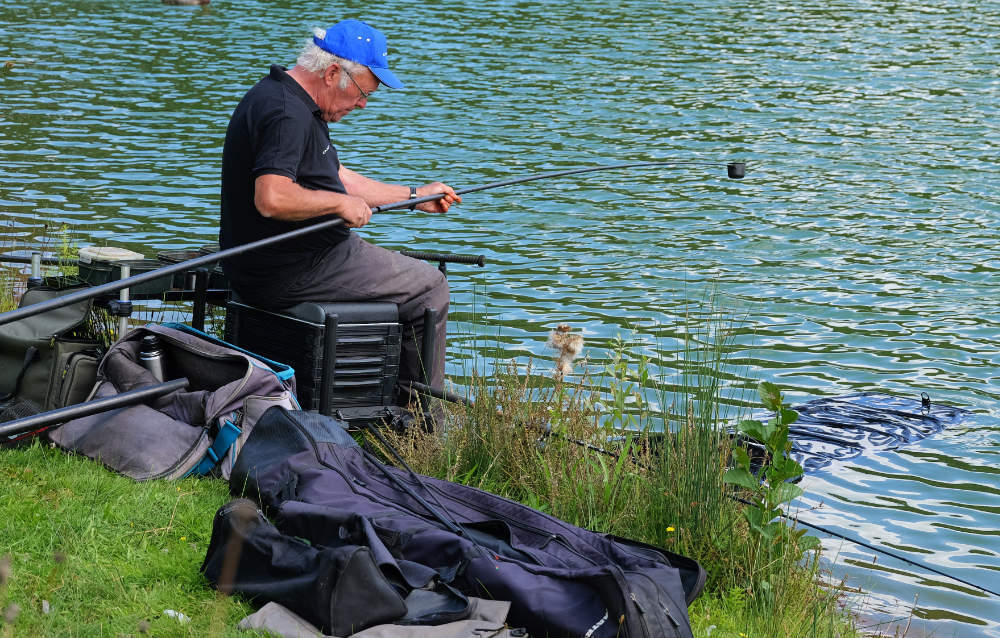Tacking Up — The Tackle That Makes A Difference
Dave Coster takes a close look at tackle and accessories that make a big difference out on the bank.
Early Days
I’ve tinkered with fishing tackle since I was a kid, when I walked many miles exploring local venues. My gear was basic back then. There were no fancy seat boxes, so I used to carry most things in a second-hand army kit bag. I made a wooden tackle box to fit inside because I couldn’t find anything else suitable. Other anglers used plastic cantilever toolboxes for their bits and pieces. Tackle shops were thin on the ground, so I purchased my usual pint of maggots from a pet shop. They sold a few basic angling accessories, but you had to go out of your way to find a major retailer. I started to make my own floats because the ones available didn’t do what I wanted. It was a time when weekly fishing papers had big readerships and a lot of major tackle like rods, reels, and poles was bought via the numerous ads on their pages. You had two choices: trusting word of mouth, or taking a gamble.
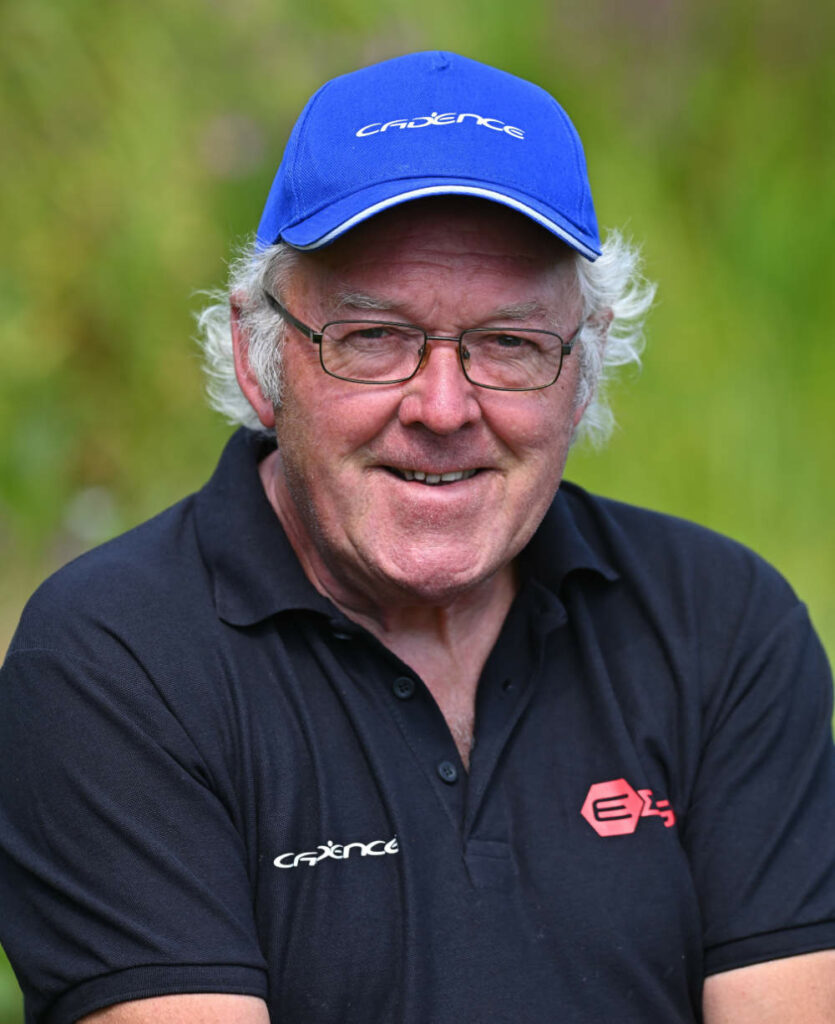
Net Value
Keepnets can cost a lot of money these days, which is a risky outlay considering it’s an item that can get damaged easily, no matter how careful you are. The rocking motion wind causes on exposed venues, especially those with stony margins, can wreck a keepnet in just one session. A hungry pike attack will do the same, as can getting badly snagged on an unseen sunken object. For these reasons, I think Edge Mixed Mesh and Carp Keepnets are top value. Popular 2.4m and 3mm sizes are all under forty quid. They work out even cheaper if you invest in multiples, plus you get a free 20cm Specimen Landing Net with single purchases. To make keepnets last longer on venues with heavy boat traffic, I always stake them out, anchoring the external bottom rings with an umbrella guy rope. I prefer the Carp Sacking design in pike infested waters, which makes it harder for predators to see the contents.
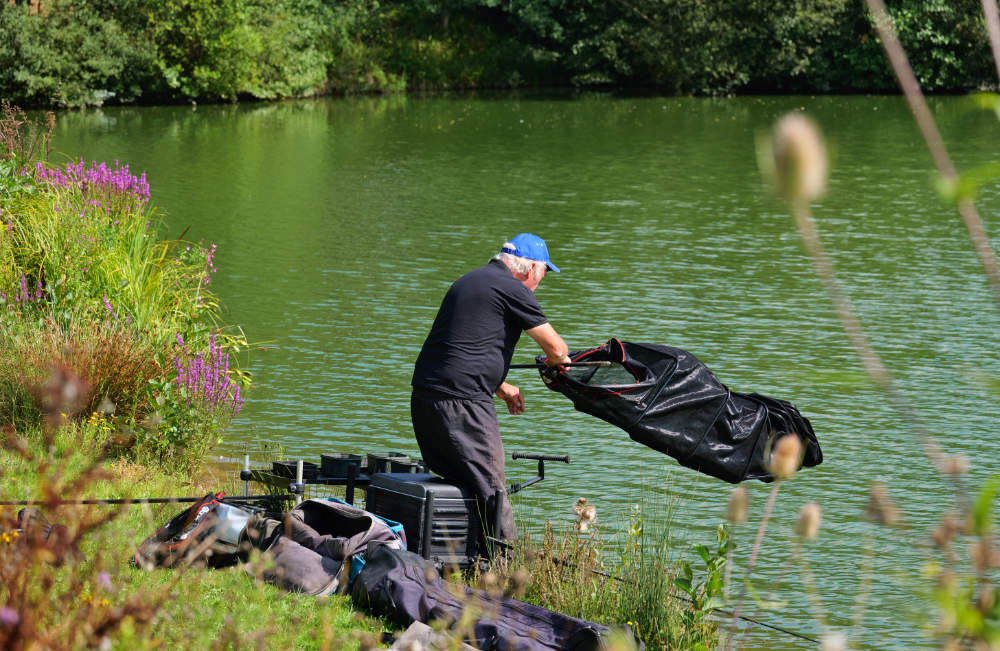
Smooth Landings
Edge landing nets do a great job and are competitively priced. There are choices of Match, Carp and Specimen designs in various sizes. The larger mesh Match and Carp Fast designs create minimal resistance when submerged in water and are nicely lightweight. They match well with the new breed of long carbon landing net handles, which are designed for quickly scooping big fish. The much finer Carp Hair mesh helps to prevent rigs with bait stops from getting snagged, particularly when fish thrash about after being netted. I like using this soft, fine mesh when targeting big silver fish as well, where fine wire hooks, small dropper shot and thin lines are less likely to get caught up. Another plus factor with Edge landing nets is the double screw locking feature on both sides of the spreader blocks. This makes everything super rigid, as opposed to single screws that often work loose.
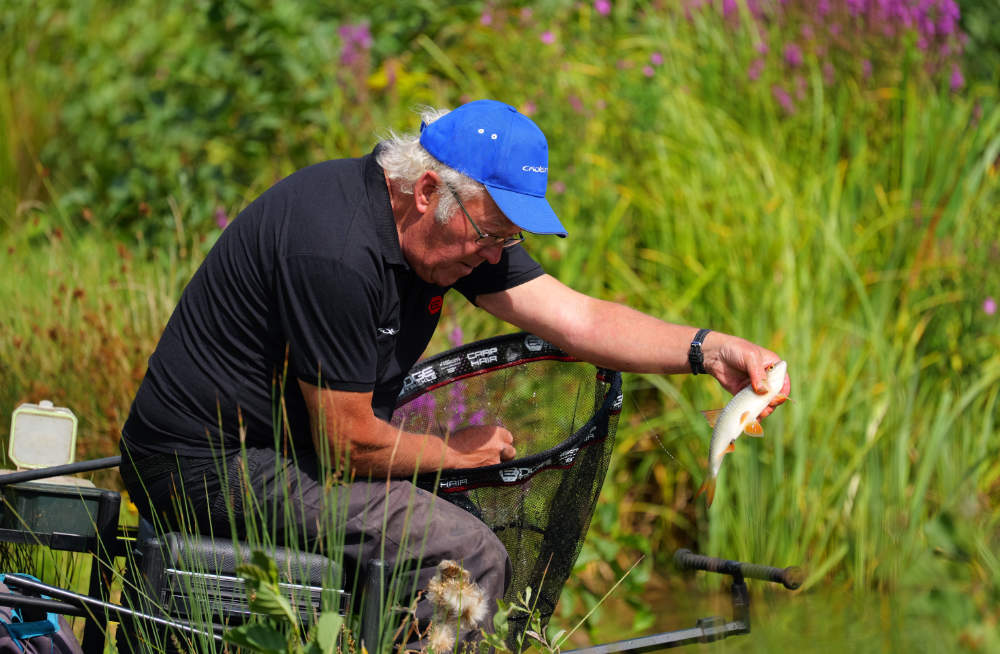
Bigger is Better
I recently upgraded to a new seat box and side tray, requiring a sturdy barrow to transport everything. A car that’s almost a van takes all the extra bulk, but once on the bank, the reorganisation has been worth it. Modern seat boxes are far more stable and cassette style foot plates, when needed, are a lot easier to adjust over awkward banks or out in the water. Although extending side trays are designed to be clamped on seat boxes, in comfortable swims I like converting mine into a freestanding table. It came with two support legs and a couple of 30mm ones from my old set up fit it too. The extra space for bait boxes and accessories has proved invaluable, adjusting the size to suit different demands. Side trays are okay for awkward banks and when space is tight, but the table format is less cluttered and lets you arrange things exactly how you want.
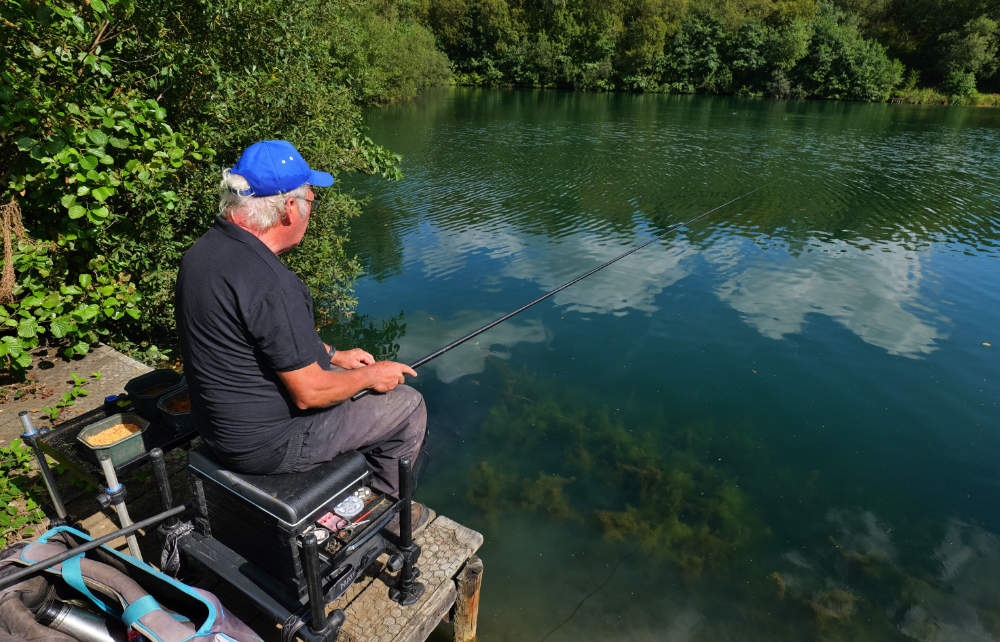
Keeping Cool
Many modern seat boxes don’t have big base units, designed to be parked out in the water when bankside terrain is tricky. Older models offered lots of storage room under their drawers and trays, which meant you could cram bulky items like reels, groundbait and bagged stuff like casters and hemp inside. I can still get reels in my new box, after adding a spacer unit to the base section that’s built into the frame. Other items like pole pots and hook length storage boxes also fit in, but bulky bait needs to go elsewhere now. This has become a good thing, switching to a cool bag. Although it’s even more kit to lug around, keeping items like ready prepared groundbait, casters, hemp and wetted pellets super-fresh makes sense. I can even slip a bottle of pop in when the weather is warm. Other useful stuff like scales, roosts, and an umbrella support bracket go in the side pockets.
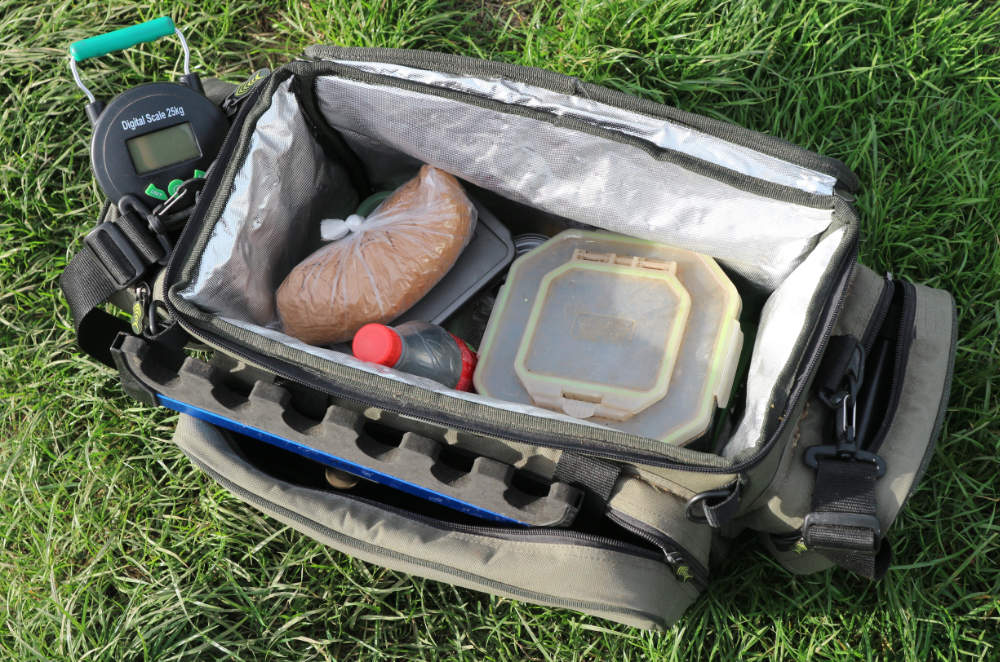
Multi Attack
My Cadence CP2000 14.5m pole covers all types of venues for general fishing. The rigs and elastics I combine with it rely heavily on Edge products, which also applies when I bring my Cadence CP800 Margin Pole into play. The same top kits fit both, but with the reinforced margin version, I can be more heavy-handed, particularly useful when targeting bigger fish. You often need to be a bit firmer when lively carp, tench, or big perch get attached. Having grown to like these poles so much, I have now added the brilliant Cadence CP200 9m whip to my armoury. A feature I particularly rate after lots of hard usage with Cadence poles, is the way the top-quality high modulus carbon withstands lots of hard graft, with no signs of joint wear. I use joint aligners where I can, but in the past these haven’t eliminated wear on the female joints of other well-known pole brands I’ve used.
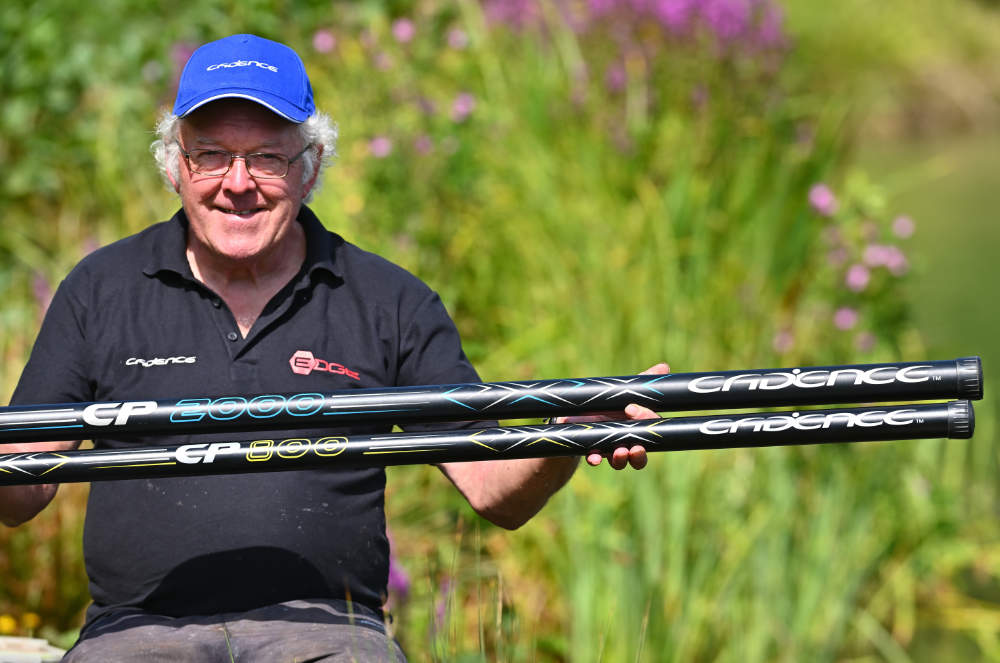
Small Connections
There are lots of clever attachment gizmos for fishing purposes these days. For pole work, I still use plastic elastic connectors. Many anglers have switched to newer Dacron designs because they are a tad lighter and are thought to cause less bumped fish. I understand that logic, but find them fiddly and don’t like the way they hang off the end of top kits. I solve the lightness factor by using the smallest plastic connectors I can get away with, which still attach okay to thicker diameter shock absorbers, providing a little extra care is taken. The Drennan design is best because its locking sleeve clicks firmly into place, so it never works loose while being used. To get thick elastic attached to small connectors, I pull it through the attachment eye with strong mono, or trim the end into a point for easier threading. Forming a neat, streamlined knot is tricky, but worth all the extra effort.
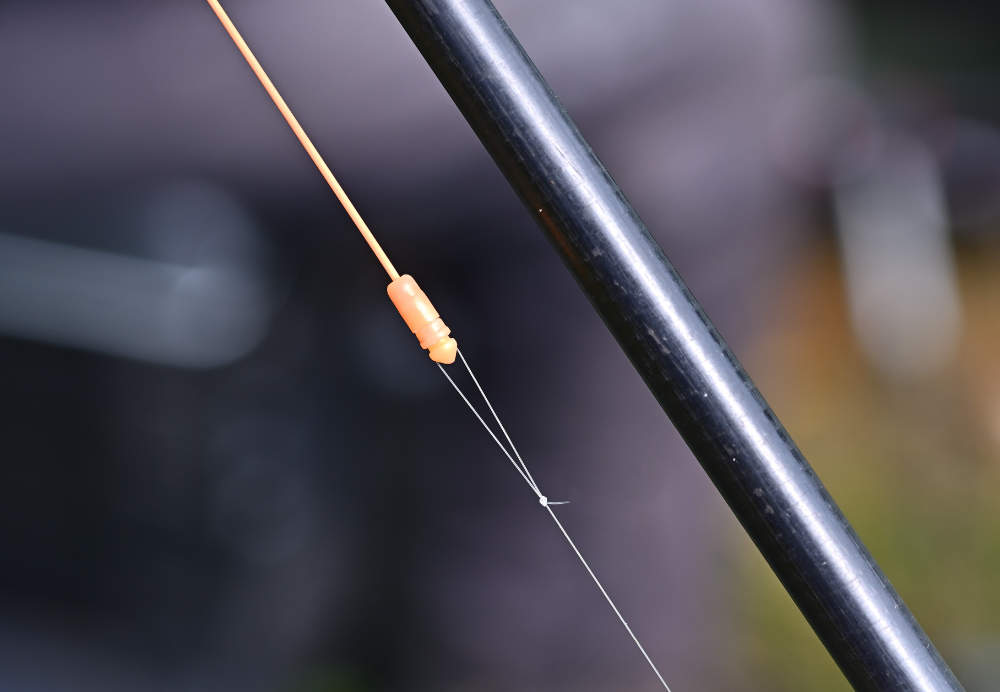
Tough Catapults
I carry a bigger than average selection of catapults in my kit because this is such an essential piece of equipment for the way I fish. It’s all about feeding regularly, whether using a pole, float rod, or in some cases a quivertip with a light bomb rig attached. I have small, light action catties for pole work, medium strength bigger framed ones for waggler fishing, moving up to brute force models for groundbait or firing loose bait as far as possible. If I find a pouch or elastics that work better than those supplied with a particular frame, providing everything fits okay, I’m not afraid to change things. Many of my catapults have seen several decades of heavy usage and while new designs come and go, it’s only the elastics and pouches that really interest me. Some types of catty latex last longer than others, so it pays to experiment. The same applies to pouches. Some are great, others rubbish!
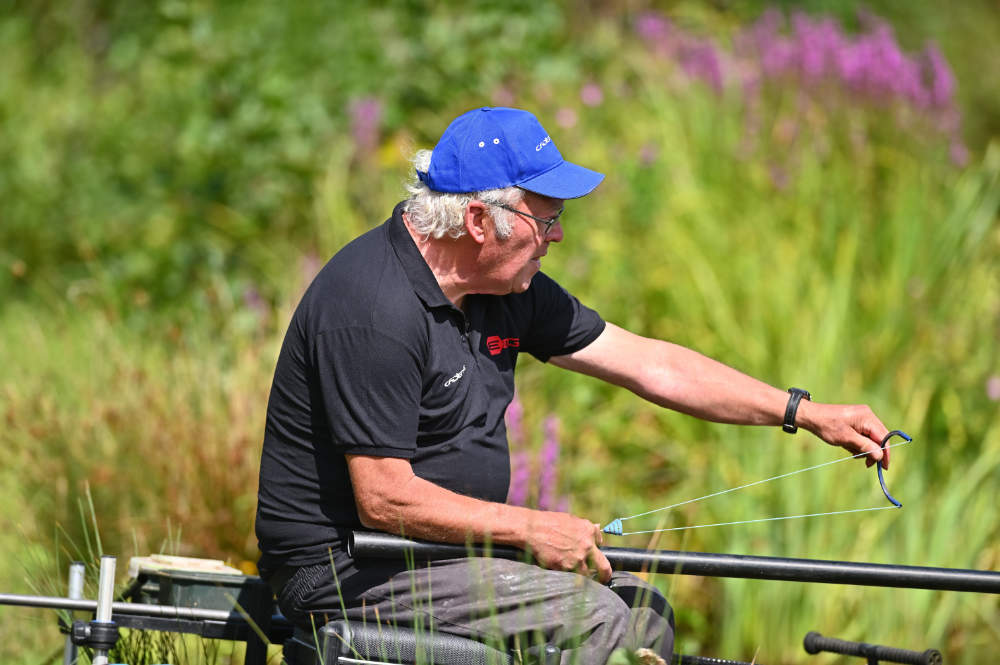
Flat Out
While I’m enjoying elastic stretching action with my Cadence pole, note the way I don’t like being cluttered up with too many things attached to my seat box. I only use a footplate when it’s essential, the same applies to an umbrella support bracket. Other than that, a clamp-on feeder rest is set up for a possible change of tactics, should they be required. I see many fancy seat boxes festooned with extra accessories clamped on all over the place, which doesn’t work for me. I leave pole grips, bump bars and lots of other stuff alone and simply get on with my fishing. I like things to be practical, such as the holdall I use, seen here laid out to one side. It has four sections, consisting of bank stick and umbrella pockets, along with two main compartments. Rods go in one big storage area and poles the other. Being well-organised is important, with vital gear close to hand, but not in the way.
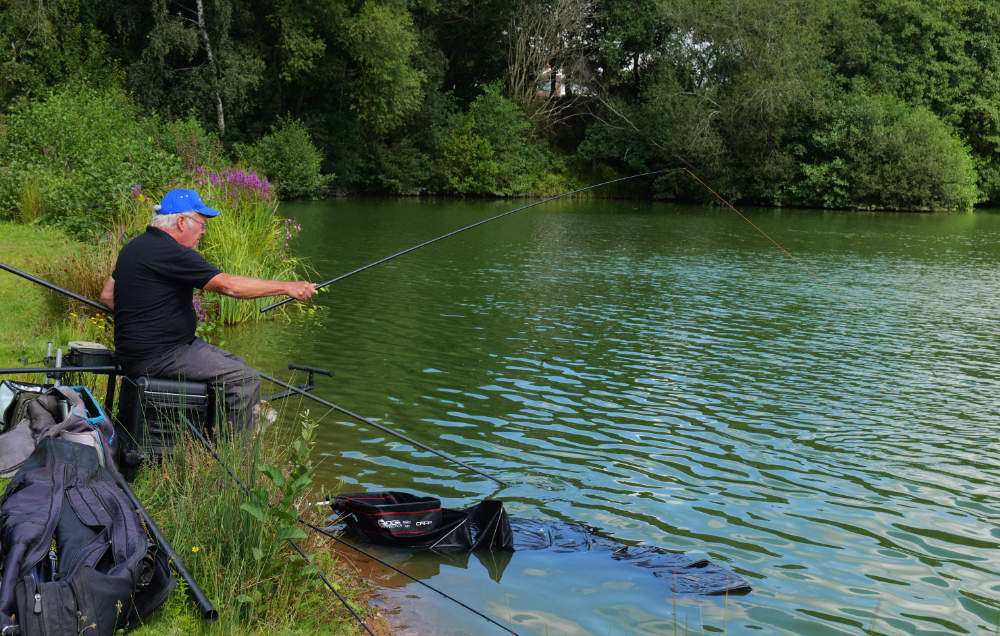
Game Changer
Now and then something comes along that changes the way you fish. It can be an instant fix, but is often a much slower process. That was the case with fluorocarbon line, which I must admit I ignored for a long time. It was only when I got involved with helicopter rigs that I began using this material. I had initially been put off by its thicker diameters, very stiff nature and lower breaking strains in comparison to other line. All these traits seemed against what I looked for in normal reel and rig lines. But once you get to use fluorocarbon, you soon realise none of the potential issues matter because it’s virtually invisible in water and gets you loads of bites! It’s a combination of the robustness and stiffness I’ve come to like, particularly when using all types of hook lengths with various feeder tactics. Premature wear, tangling, or bad spin ups have become a thing of the past. Edge Tackle Fluorocarbon Pure is my go-to fluorocarbon line.
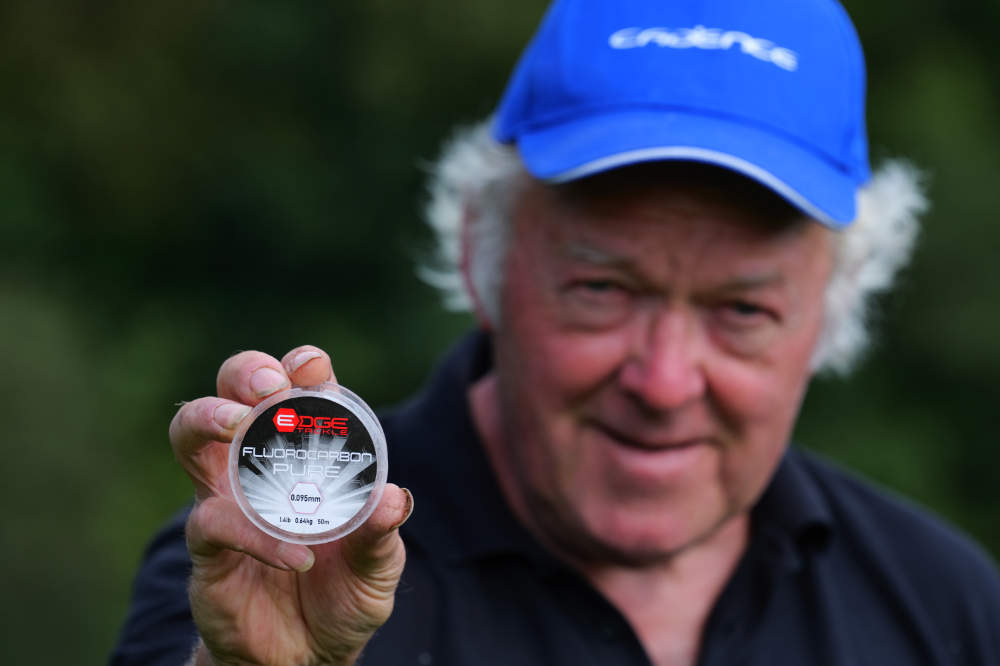
Clever Boxing
It was great being involved with the development of such an iconic bait box as the Greys Prodigy Klip-Lok design. I remember a wise crack from someone passing my desk in the office at Hardy and Greys, after seeing my initial drawings, saying it was impossible to reinvent the wheel. That made me even more determined to come up with something special. The initial concept was to have a super-secure clip-on lid, which was common on food boxes at the time, but surprisingly had never been used on bait tubs. It made sense because with most other bait containers, maggot escapes were common. I also added a small fence under the lid, which surrounded the perforations. This meant that lively small maggots like pinkies and squatts fell back into the base of the box, if they tried climbing towards the air holes. Squared off corners completed the job, so other makes of lid couldn’t fit.
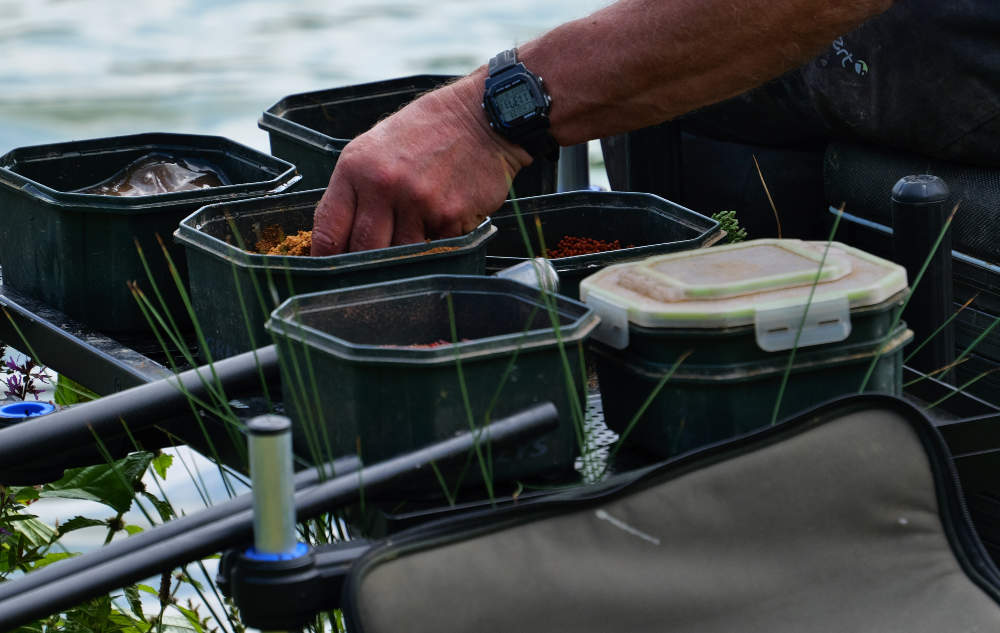
What’s More…
So, here I am, with a fair bit more bulk added to my kit out on the bank. For many years, I concentrated heavily on fishing canal matches, which meant I tried to keep my tackle as compact as possible. There were many long walks and towpath space was often tight. However, I hardly ever fish busy urban waterways these days, opting for wilder venues, where getting comfortable is of prime importance to do well. Initially, it was a pain hauling everything around, but modern barrows make life so much easier, and you soon get used to where everything needs to go. Operating from a rickety seat box isn’t conducive to performing well, particularly when you need to set up out in the margins. Modern tackle has come a long way and there comes a stage where it’s time to say goodbye to certain cherished items, or risk getting left behind. I’m not quite ready for that just yet!
